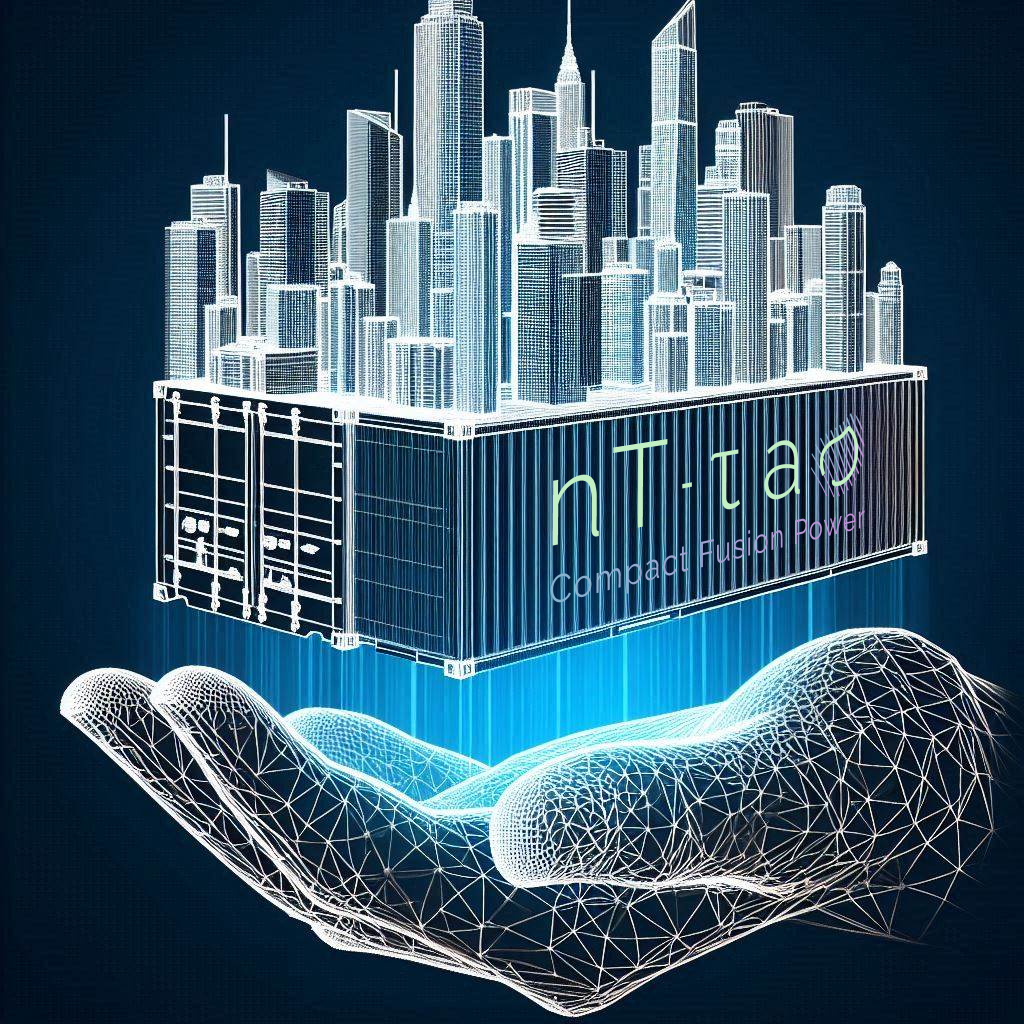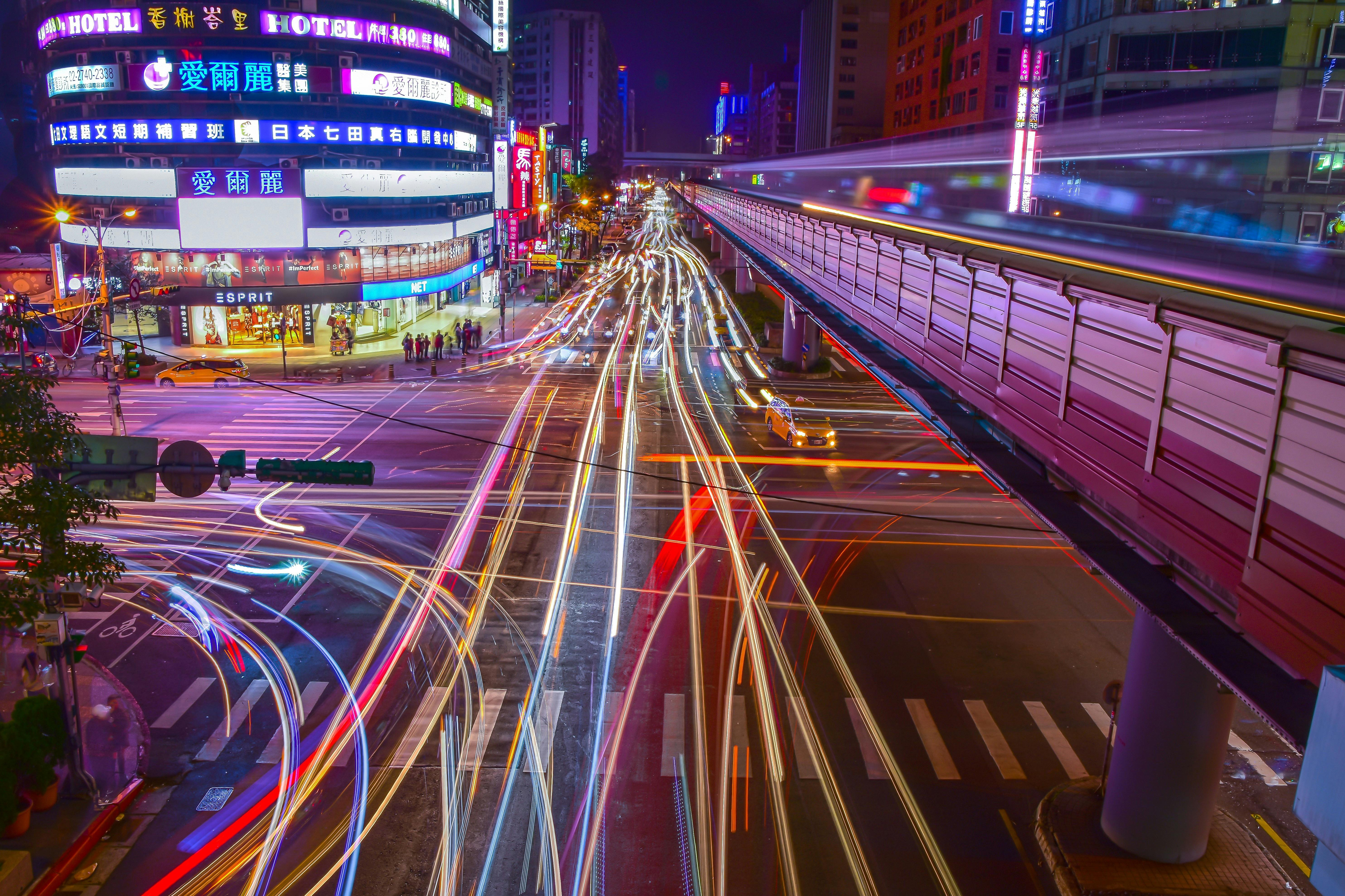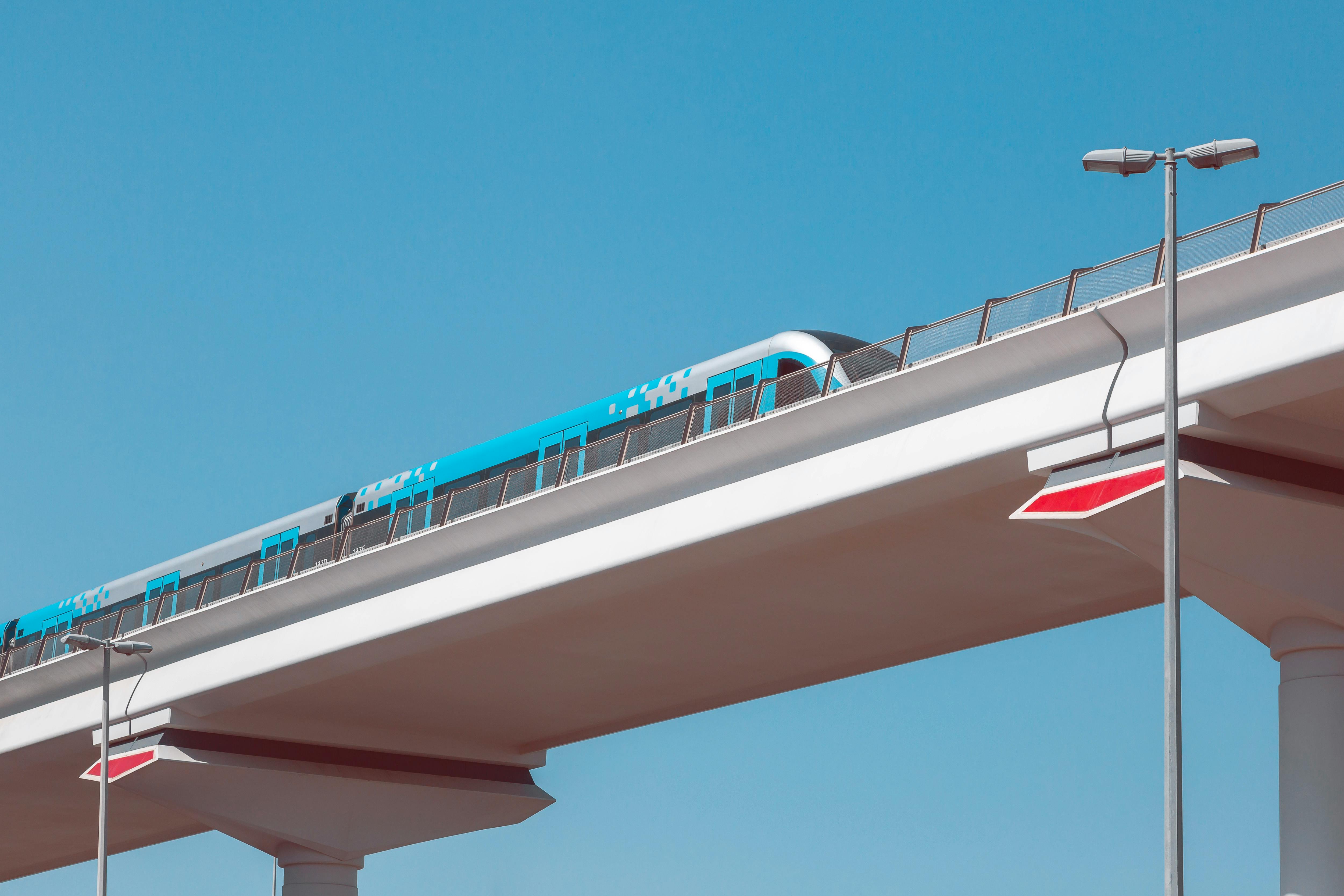Powering The Cities of Tomorrow: Citywide Compact Power Boxes

In the grand sweep of human civilization, the march toward urbanization is relentless. By mid-century, more than two-thirds of humanity will live in cities, according to United Nations forecasts. These burgeoning urban centers are not just hubs of economic activity and innovation; they are also, increasingly, the laboratories where the future of energy will be forged. Among the most exciting developments in this quest for clean, reliable power are the twin advances of nuclear fission—particularly in the form of Small Modular Reactors (SMRs) and Generation IV reactors—and the long-sought promise of fusion energy. Each of these technologies holds the potential to not only reshape our cities but to revolutionize the very concept of what a smart city can be. But one has the edge over the other. Read on.
A New Age of Fission
The world has long been wary of nuclear fission, haunted by the specter of catastrophic accidents and long-lived radioactive waste. Yet, the latest advancements in fission technology offer a new proposition: power with minimal dangers. At the forefront of this movement are the development of Small Modular Reactors (SMRs) and the bigger Generation IV reactors, both still in their R&D phase.
SMRs are small reactors that can provide consistent power. These reactors are designed with passive safety systems that lower the risk of a meltdown, a critical selling point in a world still grappling with the memory of Fukushima.
Meanwhile, Generation IV reactors offer another promising advance. These huge reactors can use spent nuclear fuel from older reactors, reducing the problem of nuclear waste.
Both technologies introduce significant advances in safety features compared to traditional fission technology, however, they still inherently produce radioactive waste that remains hazardous for thousands of years. Moreover, the fear of radioactive-related incidents has left many members of the public skeptical and unwilling to accept the presence of nuclear fission plants, large or small, in close proximity to their communities, regardless of safety assurances.
Fusion: The Energy of the Future, Today
Yet, as exciting as the advances in fission are, they pale in comparison to the promise of nuclear fusion. For decades, fusion has been the holy grail of energy, a tantalizing source of power that mimics the processes that fuel the sun. Unlike fission, which splits heavy atoms to release energy, fusion works by fusing light atoms together, creating energy without the dangerous byproducts of fission.
At nT-Tao, we believe that fusion is not just a dream of the distant future—it is a technology that will come online in time to power the smart cities of tomorrow. Our Compact Fusion Reactors, designed to produce up to 20 MW of power (around 10,000 homes!) from a device no larger than a shipping container, will be able to provide localized, self-sufficient power in urban environments. These reactors can be placed in or under residential areas, commercial centers, or industrial hubs, offering cities the ability to generate clean energy on-site, reducing the need for long-distance transmission lines and enhancing grid resilience.
What makes fusion particularly appealing for smart cities is its safety and sustainability. Fusion reactors produce no long-lived radioactive waste, and they cannot melt down. In the event of a failure, the fusion reaction simply stops. This inherent safety makes fusion a perfect fit for densely populated urban areas, where energy demand is high but space for power generation is limited. Moreover, fusion produces no greenhouse gases, making it a cornerstone of any city’s effort to reach net-zero emissions.

Powering the Core of the Smart City
The smart cities of tomorrow will need far more than just power for homes and businesses. In addition, they will require energy for electric vehicles, autonomous transport systems, edge computing, data centers, real-time monitoring, and the myriads of Internet of Things (IoT) devices that will keep the city running smoothly. A Compact Fusion energy system is ideally suited to meet these needs.
Take smart mobility as an example. As cities increasingly rely on electric vehicles, the need for reliable, fast-charging infrastructure will grow. Compact fusion reactors can be placed at EV charging stations throughout the city, providing the consistent, clean power needed to charge fleets of electric buses, trams, taxis, and personal vehicles. This localized power generation model reduces the strain on the central grid while ensuring that smart traffic systems and autonomous vehicles remain operational.
Similarly, data centers and edge computing hubs, which are critical to the functioning of smart cities, consume vast amounts of energy. These centers must be online 24/7 to process the data flowing in from traffic cameras, air quality sensors, public safety systems, and more. Compact fusion reactors can be co-located with these data centers, providing them with a dedicated, uninterrupted power supply while reducing their carbon footprint.
Resilience for a New Era
Perhaps most importantly, compact fusion systems offer cities a way to build resilience into their energy systems. In an age of increasing cyberattacks, extreme weather events, and political instability, cities need power sources that are independent, secure, and decentralized. Fusion reactors are ideally suited to this task. Their small size and ability to be distributed throughout a city mean that even if part of the grid goes down, localized fusion power stations can keep critical infrastructure running—whether it’s hospitals, emergency response centers, or transportation networks.
The Future is Compact, Clean, and Safe
As the world continues to urbanize, the energy demands of our cities will only grow. While renewable sources like solar and wind will play a critical role in meeting these needs, they cannot do it alone. The future of smart cities lies in the consistent, reliable, and clean power provided by nuclear fission and fusion.
At nT-Tao, we are pioneering the development of compact fusion reactors that will form the backbone of energy infrastructure for the cities of tomorrow. These reactors are safe, scalable, and perfectly suited for the distributed energy needs of smart urban environments. In a world where energy security and sustainability are paramount, fusion energy offers the most promising path forward. The smart cities of the future will not only be cleaner and more efficient—they will be powered by the stars.

